9 January 2025
Skateboarding has always been more than just a sport or a hobby. It’s a lifestyle, a form of self-expression, and for many, a sense of freedom. But over the years, as the number of skateboarders has grown, so too has the environmental impact associated with the production and consumption of skateboarding gear. The good news? Skateboarders are becoming increasingly aware of their environmental footprint, and many are now leading the charge in going green.
But how exactly are skateboarders going green? And what challenges do they face in making the sport more sustainable? Let’s dive in and see how the skateboarding community is rolling towards a greener future.
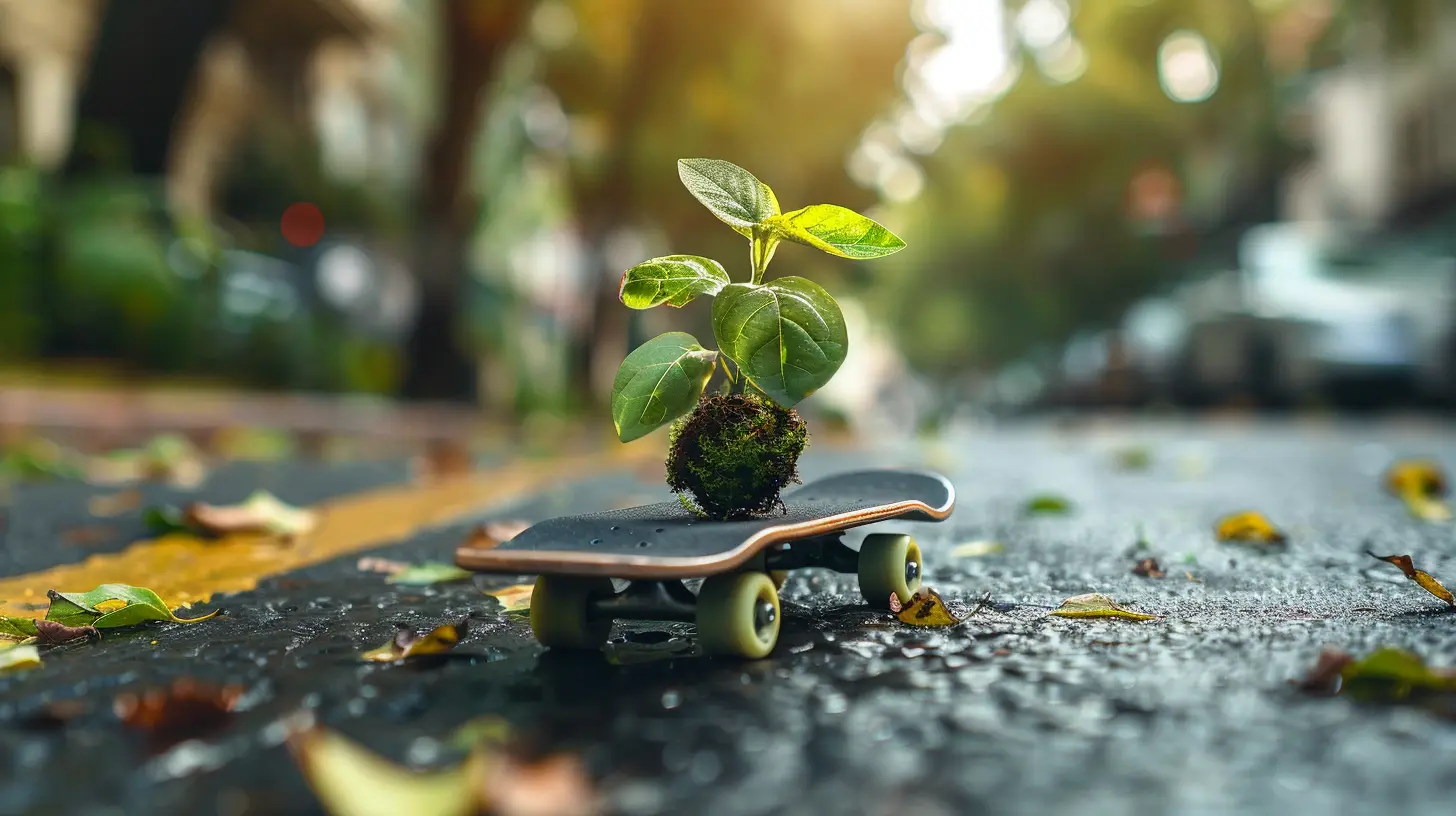
The Environmental Footprint of Skateboarding
Before we talk about the solutions, it’s important to understand the problem. Skateboarding, by its very nature, involves products—mainly skateboards, wheels, and shoes—that are produced from materials like wood, plastic, and rubber. These materials can contribute to environmental harm if sourced or disposed of irresponsibly.Skateboards: The Wood Dilemma
The typical skateboard deck is made from maple wood, specifically hardwood from the Sugar Maple tree. This tree is known for its perfect balance of flexibility and strength. However, the demand for high-quality wood has led to deforestation, which, as we all know, is bad news for the environment.To make things worse, skateboards don’t last forever. Whether it's from wear and tear or landing one too many tricks, decks eventually snap. And when that happens, they’re often tossed in the trash, adding to the growing problem of waste.
Wheels and Trucks: More Than Just Plastic and Metal
Skateboard wheels are typically made from polyurethane, a type of plastic that isn’t biodegradable. While polyurethane offers the durability and grip skaters need, it takes hundreds of years to break down in landfills. So, every time a wheel gets worn out and replaced, that old wheel is just sitting somewhere, contributing to the growing plastic waste problem.And then there are the trucks—the metal components that attach the wheels to the deck. While trucks are generally durable (you don’t replace them nearly as often as you do decks or wheels), they’re often made from aluminum, which requires a lot of energy and resources to mine and manufacture.
Skate Shoes: Fast Fashion in the Skate World
Ever notice how quickly skate shoes wear out? Skaters are notoriously hard on their shoes. Between dragging feet for tricks, constant impact, and general wear and tear, many skateboarders go through several pairs of shoes a year. Unfortunately, skate shoes are often made from synthetic materials, rubbers, and leather, all of which have a significant environmental impact.Add to that the high turnover rate of shoes, and it’s easy to see why skateboarding can contribute to the fast fashion problem—where clothes and shoes are worn briefly and discarded, filling up landfills.
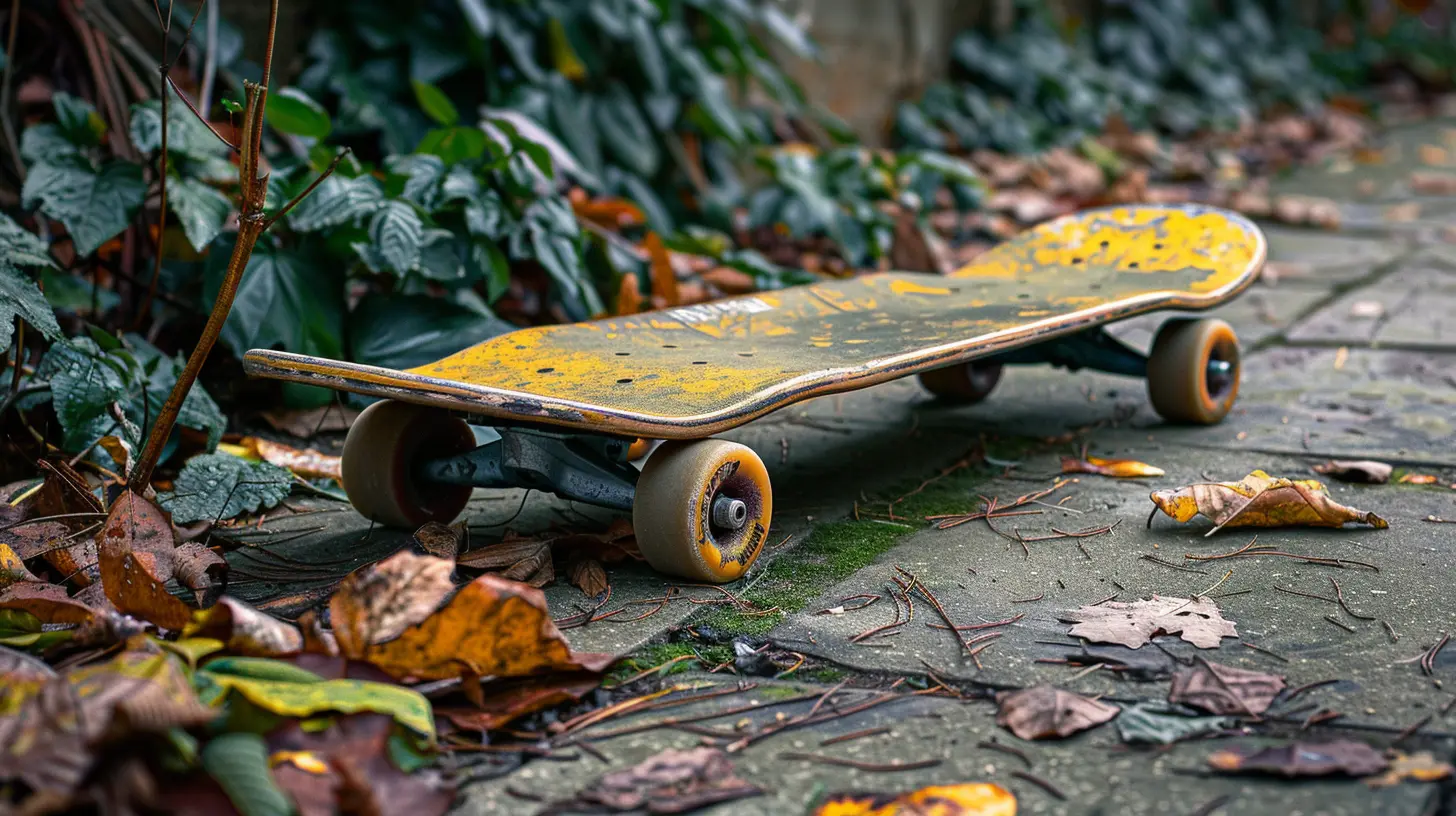
How Skateboarders Are Going Green
Now that we’ve covered the challenges, let’s talk about the solutions. The skateboarding community is becoming increasingly eco-conscious, and many skaters, companies, and organizations are working hard to reduce the sport’s environmental footprint. Here’s how:1. Sustainable Skateboard Decks
One of the most significant ways skateboarders are going green is by focusing on the sustainability of skate decks. Many companies are now looking for alternatives to traditional maple wood, or they’re finding more sustainable ways to source it.Bamboo Decks
Bamboo is one of the fastest-growing plants on Earth, making it a highly renewable resource. Some skate companies have started producing decks made from bamboo instead of traditional maple. Bamboo decks are not only sustainable but also offer a similar level of strength and flexibility as maple decks, making them a viable alternative for serious skaters.Recycled Materials
Some brands are taking it a step further by using recycled materials to create skateboard decks. For example, there are companies that compress discarded skateboards into new decks, giving old boards a second life. Others are experimenting with recycled plastics or composites, reducing the need for virgin materials and helping to divert waste from landfills.2. Eco-Friendly Wheels
Polyurethane isn’t going anywhere anytime soon, but that doesn’t mean there aren’t greener alternatives in development. Some companies are experimenting with bio-based polyurethane, which is made from renewable resources rather than petroleum.Additionally, there’s a growing movement to recycle used wheels. Instead of tossing worn-out wheels, some brands are collecting and repurposing them, either by melting them down to create new wheels or using them in other products.
3. Sustainable Skate Shoes
The skate shoe industry is also catching onto the green movement. Several skate brands are now producing shoes made from recycled or biodegradable materials. For instance, some companies are using recycled rubber for soles or incorporating organic cotton and hemp into their designs.Additionally, many skaters are opting for shoes that are designed to last longer, thereby reducing the number of pairs they go through each year. While no shoe can last forever, investing in higher-quality, durable shoes can help reduce waste and the demand for fast fashion.
4. Clothing and Merchandise
Beyond just shoes, skate fashion is evolving to be more eco-friendly. With a focus on sustainability, more brands are producing skate clothing from organic cotton, recycled polyester, and hemp. Some brands are even producing limited-edition runs to minimize overproduction, reducing waste in the process.5. Community Initiatives and Events
Many skateboarders are taking action at the community level to promote sustainability. From skate park cleanups to recycling drives, skaters are stepping up to protect the environment. Some events even combine skate competitions with environmental awareness, raising funds for eco-friendly causes while also promoting sustainable practices within the skateboarding community.Additionally, some non-profit organizations are working to build skateparks using sustainable materials, such as recycled concrete or repurposed wood. These eco-friendly parks not only reduce the environmental footprint of construction but also provide a green space for the community to enjoy.
6. Supporting Eco-Conscious Brands
One of the simplest ways skateboarders are going green is by supporting eco-conscious brands. As more companies focus on sustainability, skaters have the power to choose products that align with their values. Whether it’s buying a deck made from recycled materials or choosing shoes from a brand that prioritizes sustainability, every purchase is a vote for a greener future.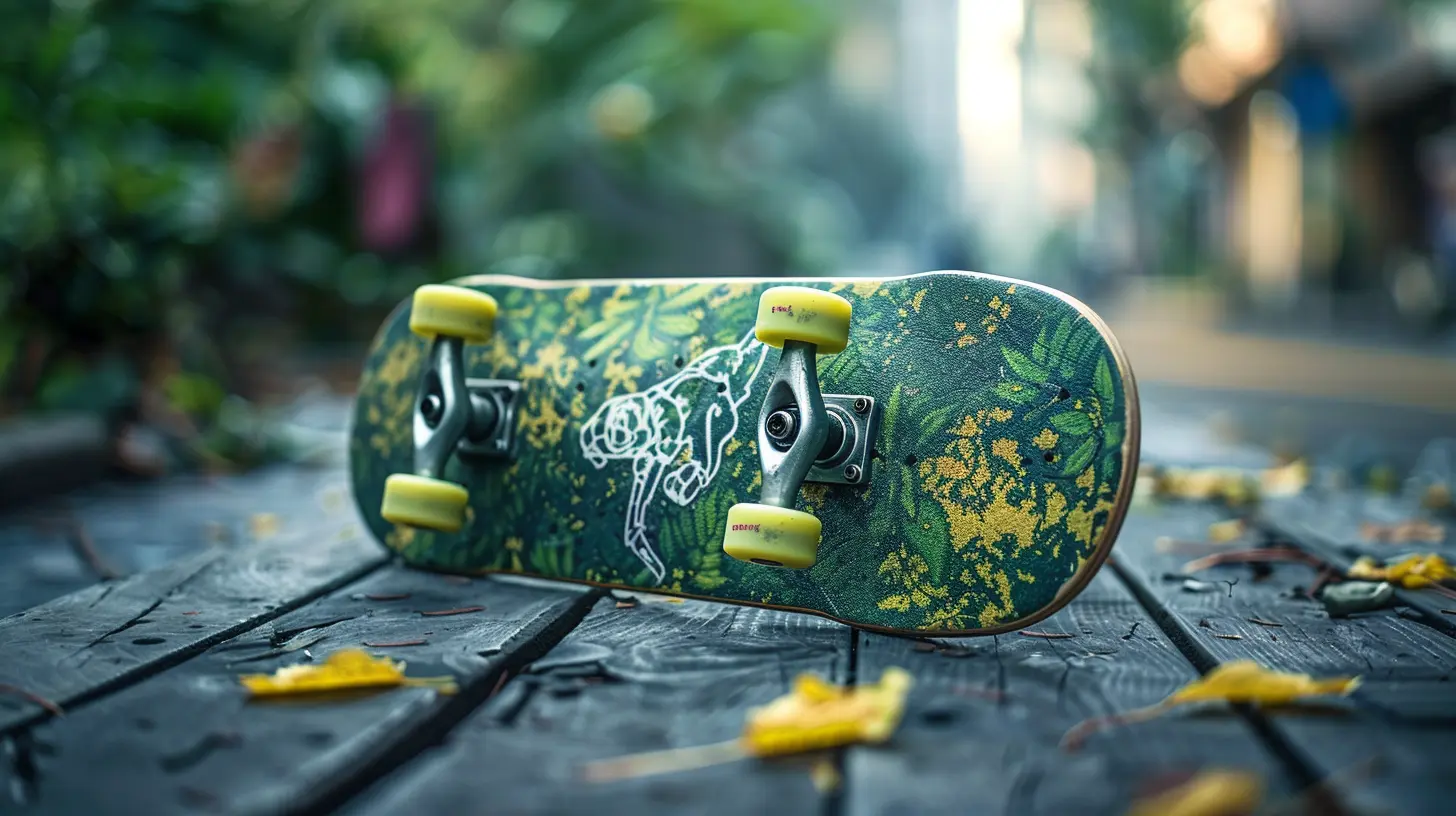
Challenges of Going Green in Skateboarding
While the skateboarding community is making strides towards sustainability, there are still challenges to overcome. Green alternatives tend to be more expensive, which can be a barrier for younger skaters or those on a tight budget. Additionally, many eco-friendly products are still in their early stages of development, and there’s a learning curve for companies trying to balance performance with sustainability.Another challenge is the culture of skateboarding itself. Skateboarding is all about pushing the limits and trying new tricks, which inevitably leads to broken boards, worn-out wheels, and torn-up shoes. While durability is improving, it’s tough to make a sport that’s inherently hard on gear 100% sustainable.
But here’s the thing—skateboarders have always been innovators. Whether it’s finding a new spot to skate, inventing a new trick, or figuring out how to land that elusive trick, skateboarders are used to thinking outside the box. And this same mentality is driving the movement to make skateboarding more sustainable. It’s not going to happen overnight, but the wheels of change are definitely in motion.
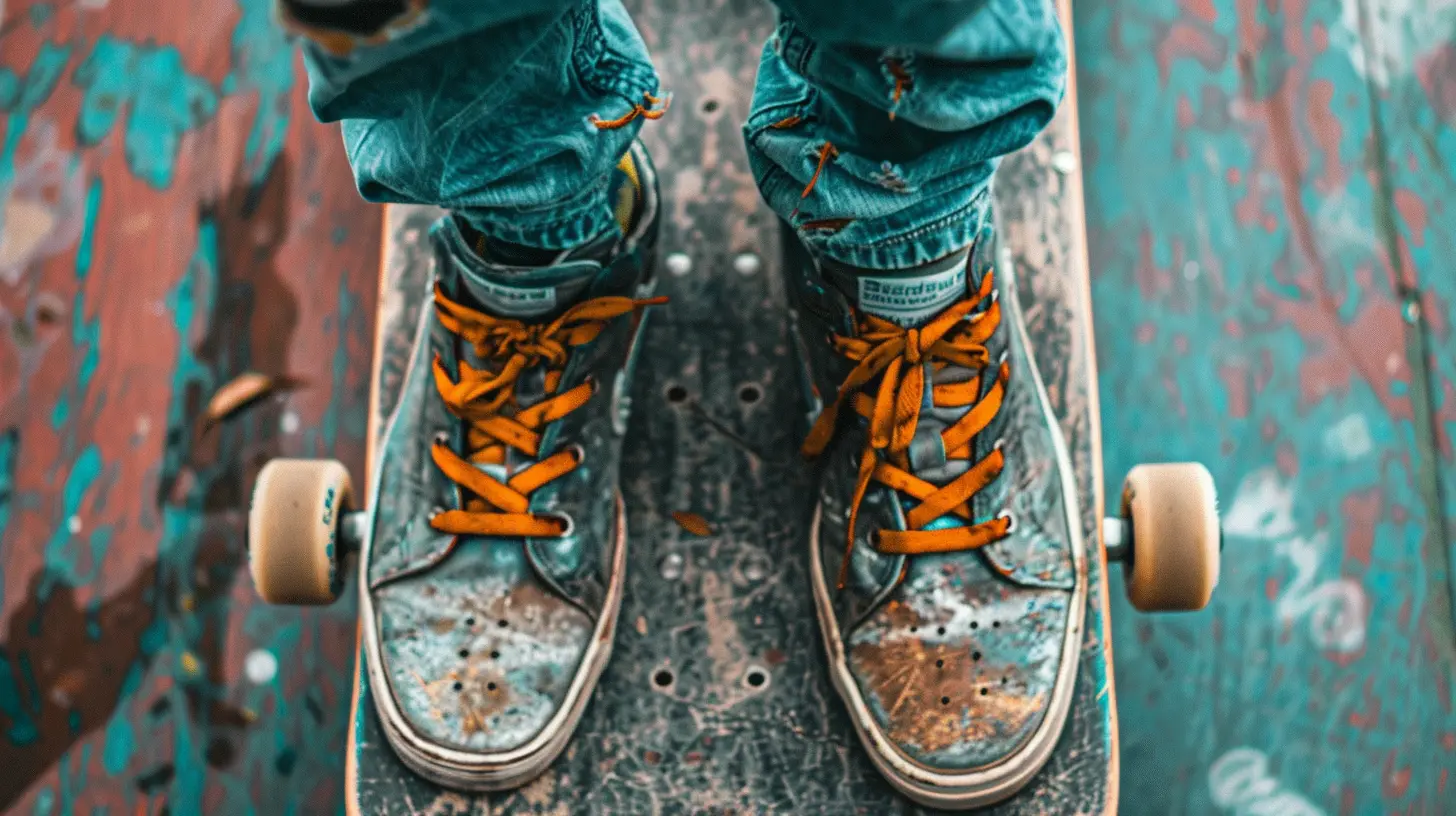
What You Can Do to Help
If you’re a skateboarder looking to reduce your environmental impact, there are plenty of ways to get involved. Here are a few tips:- Choose eco-friendly products: Look for brands that prioritize sustainability, whether it’s through the materials they use or the way they produce their products.
- Take care of your gear: The longer your board, wheels, and shoes last, the less waste you’ll create. Take care of your gear and try to repair it when possible instead of replacing it right away.
- Recycle or repurpose: When your gear does wear out, look for ways to recycle or repurpose it. For example, some companies offer recycling programs for old wheels or decks.
- Get involved in your community: Whether it’s organizing a skatepark cleanup or participating in an eco-friendly skate event, there are plenty of ways to make a positive impact in your local skate scene.
Conclusion
Skateboarding and sustainability can go hand in hand. While there are challenges to making the sport more eco-friendly, the skateboarding community is stepping up in a big way. From sustainable decks and wheels to eco-friendly shoes and clothing, skateboarders are proving that you don’t have to sacrifice style or performance to protect the planet.As more skaters become aware of their environmental impact, the movement to make skateboarding greener will only continue to grow. So, the next time you’re out riding, think about how you can contribute to a more sustainable future—because going green is a trick we can all land.

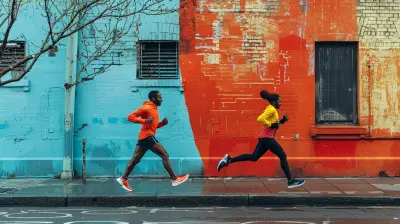











Nina Patel
Great insights on skateboarders' efforts! Excited to see sustainability in action.
February 12, 2025 at 4:31 AM